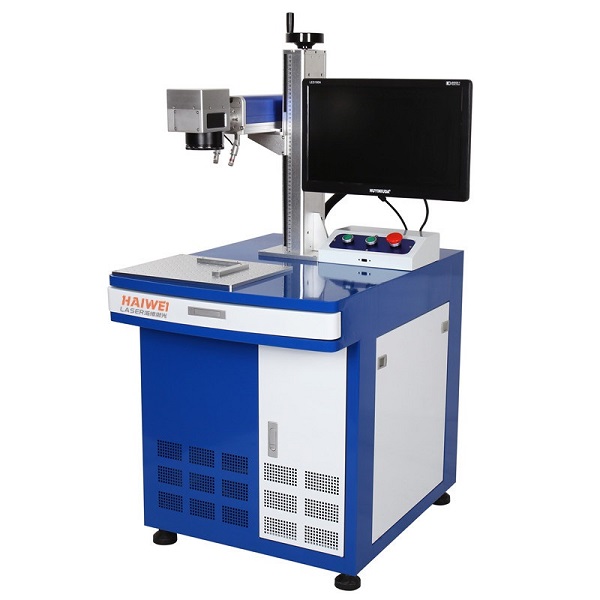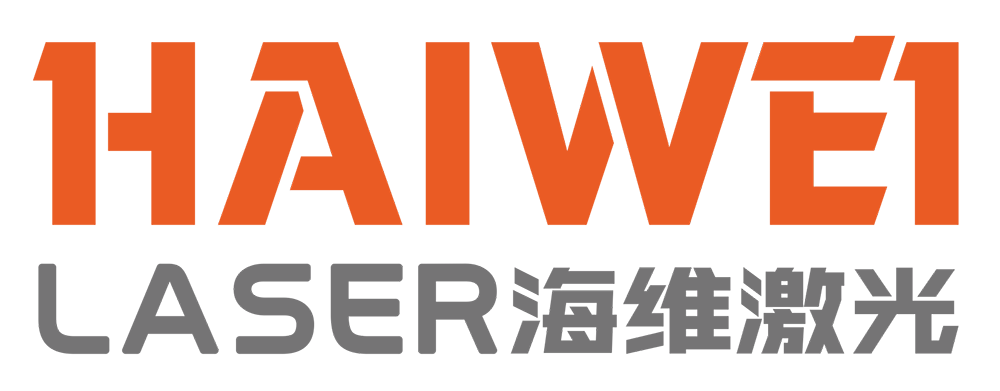Fiber Laser Marking Machines: Applications and Key Advantages
Fiber laser marking machines are widely used across manufacturing industries for permanent, high-contrast marking on metal and some engineered plastics. Their reliability and low operating cost make them a practical choice for traceability, branding, and compliance labeling.

Common Industrial Applications
These systems are regularly used to mark serial numbers, barcodes, QR codes, and logos on components in the automotive, aerospace, medical device, and electronics sectors. They perform well on stainless steel, aluminum, titanium, and coated metals—common materials where durability is required. In production environments, fiber laser marking supports part tracking throughout the product lifecycle.
Why Choose a Fiber Laser Marking Machine?
One major advantage is long-term stability. The solid-state laser source has no consumables and typically lasts over 100,000 hours, reducing downtime and maintenance needs. Unlike older marking methods such as inkjet, fiber lasers produce marks that do not fade, smear, or wear off under harsh conditions.
The marking process is non-contact and precise, with line widths as fine as 0.002 inches. This allows clear identification even on small or complex surfaces. Parameters like power, speed, and pulse frequency can be saved in software templates, ensuring consistent results across batches.
Integration into production lines is straightforward. Many models support standard communication protocols (Ethernet, I/O signals) for connection with PLCs or factory data systems. Handheld and benchtop versions are available for repair shops or low-volume operations.
When evaluating a fiber laser marking machine, consider material compatibility, required mark depth, production volume, and software usability. A well-matched system improves traceability, reduces operating costs, and delivers reliable performance over time.
Recent Posts
- What are the advantages of laser welding machines in lithium battery pack production lines?
- What issues should be noted when choosing a lithium battery pack production line?
- Quality Inspection and Control of Lithium Battery Module Pack Production Line
- Cell grouping and sorting process in lithium battery module pack production line
- What are the safety hazards of lithium battery pack production lines and how can they be prevented?
INQUIRY

